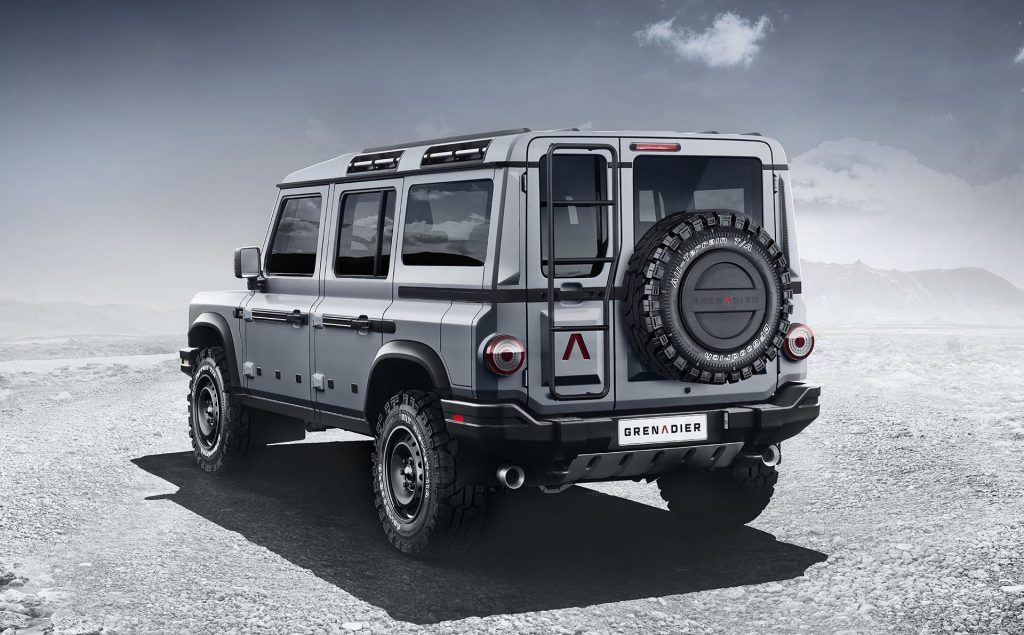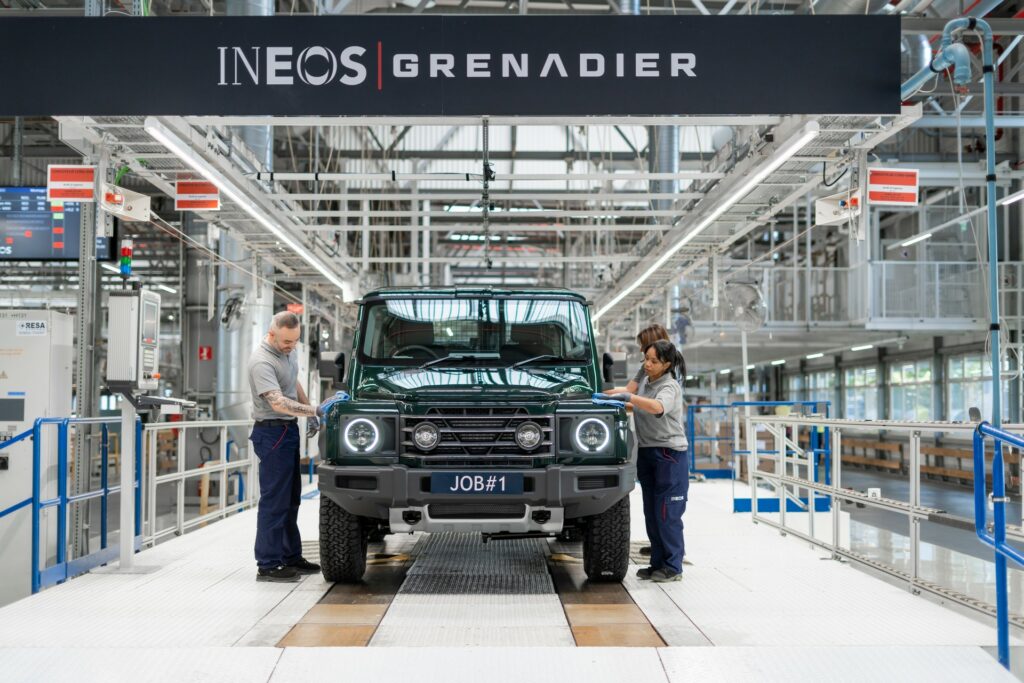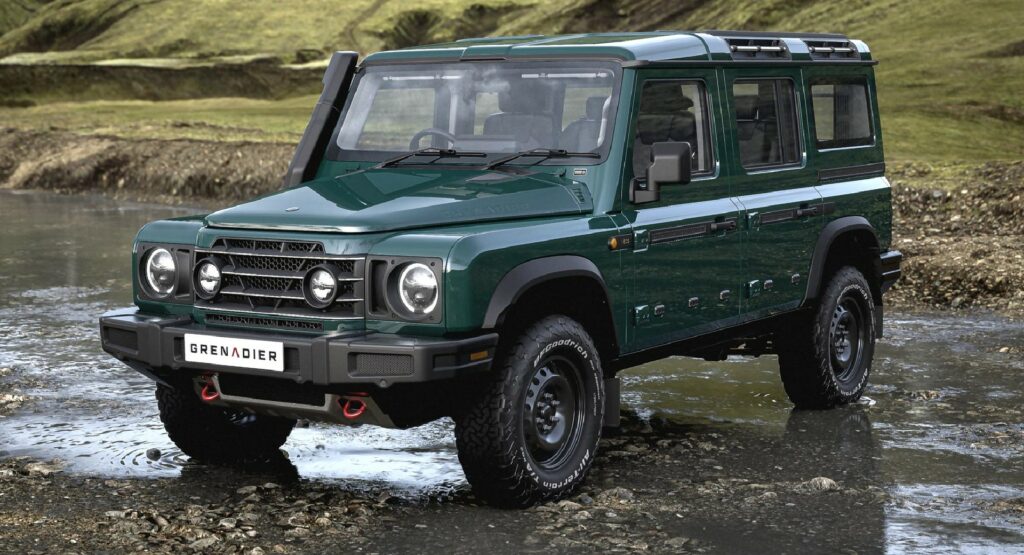Ineos is delaying the launch of a hydrogen-powered version of the Grenadier because of the lack of infrastructure, according to the company’s commercial director.
The company has been developing a hydrogen Grenadier alongside the regular ICE version and will have a prototype ready by the middle of this year. Speaking with CarExpert at the launch of the Grenadier in Scotland, Ineos Automotive commercial director Mark Tennant noted that launching such a model without adequate infrastructure doesn’t make sense.
“Fuel-cell electric vehicle for us is the right zero-emission option for this vehicle, but because of the infrastructure problems – there isn’t any – we can’t make a full bet on fuel-cell until we have more confidence that people can fill it up,” he said. “We will have a fuel-cell vehicle running around by mid-year, it has nothing to do with if fuel cell technology is there, it is [but there is no infrastructure].”
Read: Ineos Has 5,000 Grenadier Reservations In The U.S., Plans To Establish 35 Dealers

The chemicals giant has not revealed any technical details about the hydrogen Grenadier, such as what engine it uses, how big the battery pack is, or how much hydrogen it holds. Given that the model won’t be launched in the foreseeable future, it’s unlikely that we’ll learn about these details any time soon.
Two powertrains are currently offered for the Grenadier, both 3.0-liter straight-sixes sourced from BMW. The first is a petrol model that produces 282 hp and 332 lb-ft (450 Nm) of torque while the second is a diesel with 246 hp and 406 lb-ft (550 Nm). Both engines are mated to an eight-speed automatic transmission with a two-speed transfer case that drives all four wheels.
Ineos commenced production of the Grenadier in October last year. It is being built at a factory in Hamback, France that was formerly owned by Mercedes-Benz.




